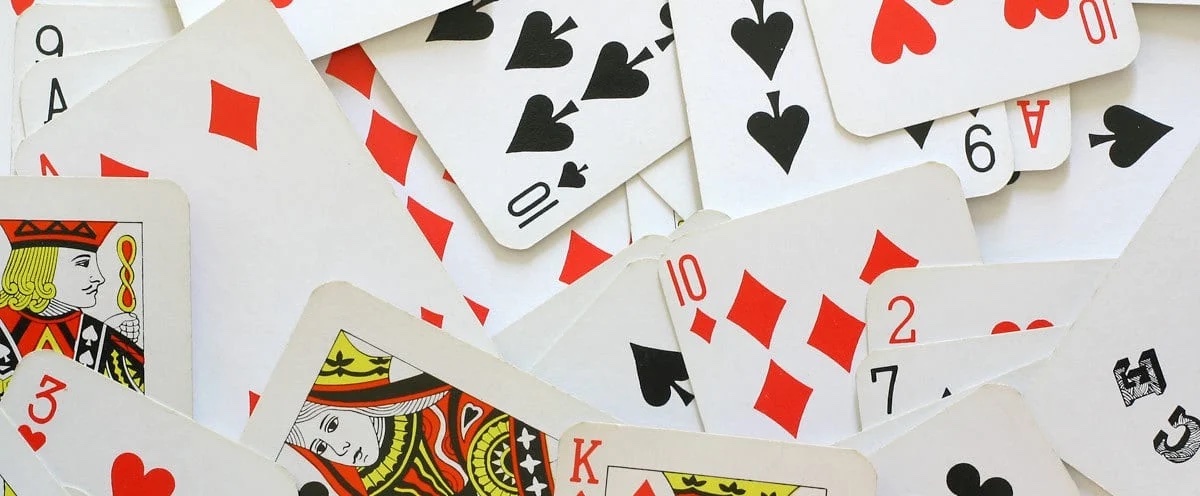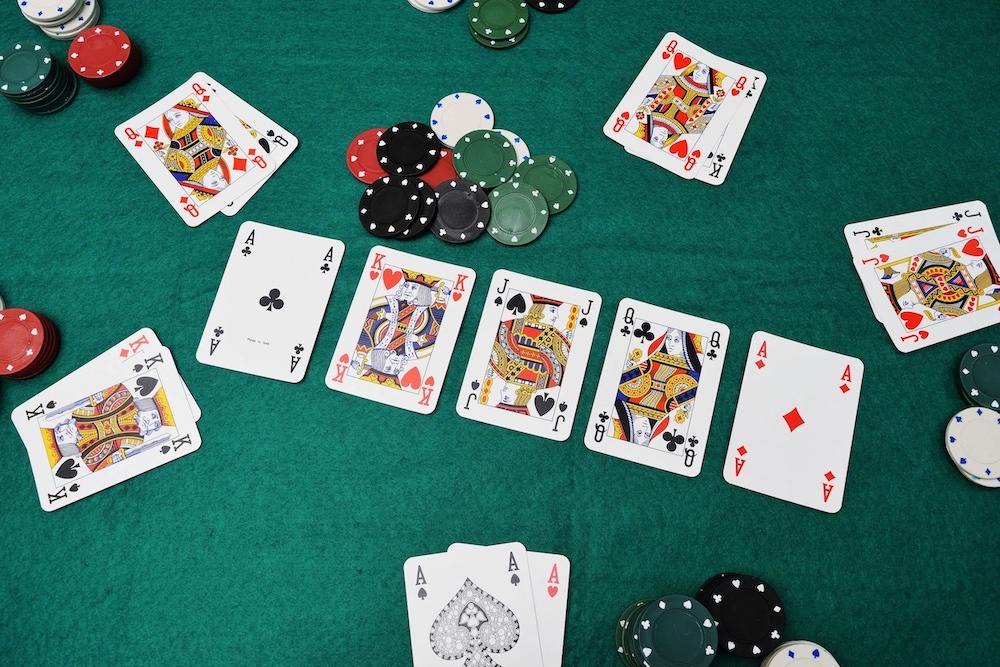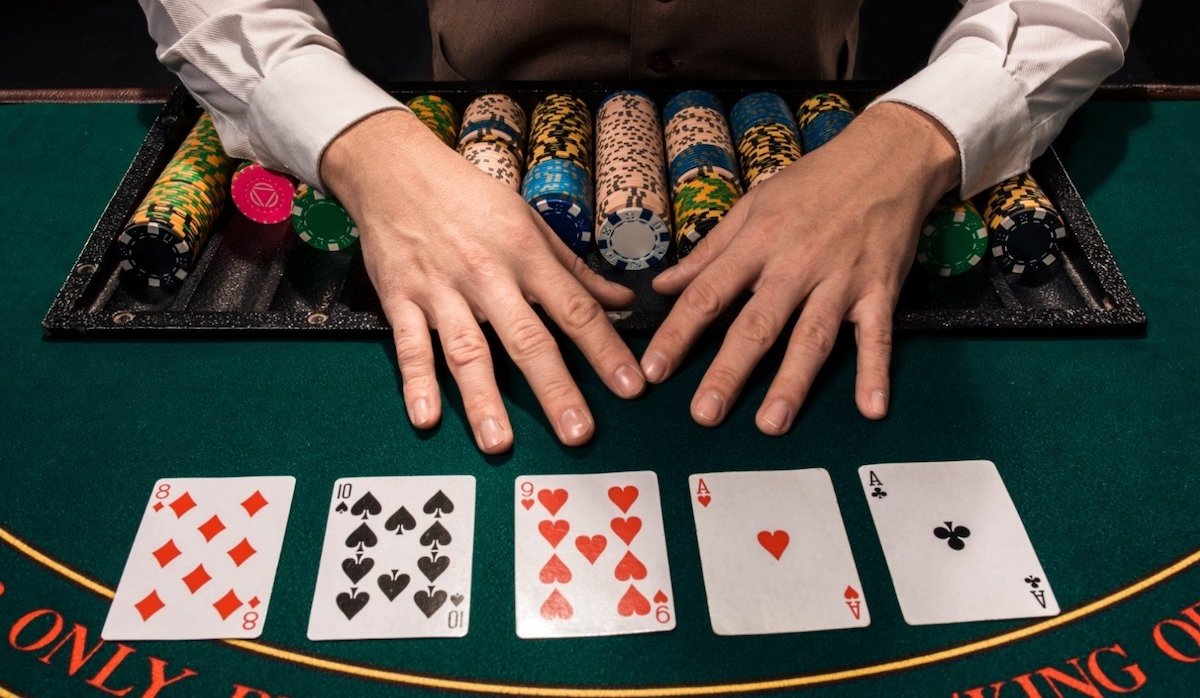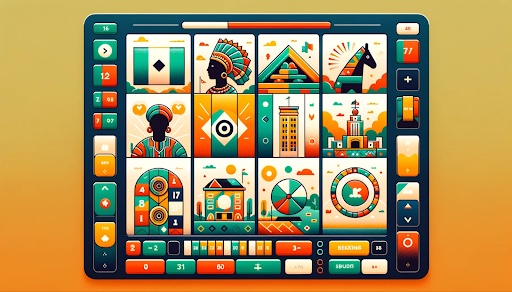
Exploring the Cultural Significance of Card Games Around the World
Card games have been an integral part of human culture for centuries, reflecting the traditions, values, and social dynamics of different societies. To play solitaire, poker, bridge, and other games is an important part of culture. The purpose of this article is to explore the cultural significance of card games around the world, highlighting their historical origins, varieties, social functions, symbolism, and impact on society and identity.

Historical Background:
The origins of card games can be traced back to ancient civilizations, marking their presence in various forms throughout history. Evidence of early card-like games can be found in China, where playing cards originated during the Tang Dynasty in the 9th century. These early cards were likely used for entertainment and fortune-telling purposes. From China, card games spread to other parts of Asia, such as India and the Islamic world.
During the 14th century, cards reached Europe, primarily through trade routes with the Middle East. The Islamic Mamluk cards, featuring intricate designs and calligraphy, influenced the development of playing cards in Europe. The suits we know today as hearts, diamonds, clubs, and spades likely derived from the Mamluk suits of cups, coins, swords, and polo sticks, respectively.
As playing cards gained popularity in Europe, different regions developed their own variations. In Italy, the Tarot deck emerged in the 15th century, featuring symbolic imagery that extended beyond traditional playing cards. Tarot cards were initially used for divination purposes but eventually became the foundation for various card games.
In the 17th and 18th centuries, card games became increasingly popular among the nobility and upper classes in Europe. Games like Whist and Quadrille required strategic thinking and social interaction, reflecting the cultural values and etiquette of the time.
With the advent of printing technology in the 19th century, playing cards became more affordable and accessible to the general population. Card games spread rapidly across social classes, becoming a popular form of entertainment and a means of socializing.
In the 20th and 21st centuries, card games continued to evolve, adapting to changing technologies and cultural influences. Digital versions of card games emerged, allowing players to enjoy their favorite games online or on mobile devices.
Today, card games remain a significant part of global culture, with countless variations and adaptations played in different corners of the world. From traditional games rooted in ancient traditions to modern iterations incorporating new gameplay mechanics, card games continue to captivate and connect people across generations and cultures. The historical background of card games highlights their enduring appeal and their ability to transcend time and geographical boundaries.
Cultural Variations of Card Games
Card games exhibit fascinating variations across different cultures, reflecting the unique characteristics and values of each society. In Asia, for example, Mahjong is a beloved game that originated in China and is now enjoyed by millions worldwide. Its intricate gameplay and rich symbolism make it a cultural treasure. Similarly, Hanafuda, a traditional Japanese card game, features beautifully illustrated cards adorned with seasonal flowers and animals, capturing the essence of nature and the changing seasons.
In Europe, card games such as Poker, Bridge, and Rummy have gained widespread popularity. These games showcase strategic thinking, social dynamics, and the art of bluffing, reflecting the competitive spirit and analytical mindset of European players.
In South Asia, games like Seep and Indian Rummy have their roots in local traditions and have become an integral part of social gatherings and family get-togethers. These games often require quick thinking, mathematical skills, and a strong sense of strategy.
Furthermore, traditional playing cards in different regions often feature distinct designs and suits that reflect cultural themes. For instance, in Germany, playing cards known as Skat cards have unique symbols and markings that are specific to the game. Meanwhile, in Mexico, Lotería cards showcase iconic images and cultural references, making it a beloved game steeped in Mexican heritage.
These cultural variations of card games highlight the diversity of gameplay mechanics, card designs, and strategic approaches found across different societies. They not only entertain but also serve as a window into the cultural richness and unique perspectives of each region, making card games an exciting and valuable part of our global cultural tapestry.

Social and Ritualistic Functions
Card games often serve important social and ritualistic functions within cultures. They act as a medium for socializing, bonding, and passing down traditions from one generation to another. For instance, the Indian game of Teen Patti brings families and friends together during festivals and celebrations. In some indigenous cultures, card games are incorporated into sacred rituals, symbolizing spiritual connection and invoking ancestral guidance.
Symbolism and Themes
Card designs, motifs, and characters often carry deep cultural symbolism. In Tarot cards, each card represents an archetype or a symbolic concept, reflecting psychological and spiritual themes. The imagery used in Hanafuda cards, such as flowers and animals, carries auspicious meanings in Japanese culture. Similarly, in traditional playing cards, the court cards represent historical figures or characters from mythology, showcasing cultural narratives.
Impact on Society and Identity
Card games play a significant role in shaping society and cultural identity. They contribute to the preservation of cultural heritage, as players engage in games passed down through generations. Card game communities provide a space for social interaction, fostering a sense of belonging and community cohesion. Moreover, these games contribute to the formation of individual and collective identity by reinforcing cultural values and traditions.
Card games have transcended borders, languages, and generations, becoming an enduring cultural phenomenon worldwide. They not only entertain but also provide a window into the rich tapestry of human culture. By exploring the historical background, cultural variations, social functions, symbolism, and impact on society and identity, we can appreciate the cultural significance of card games and their ability to connect people across time and space. So, let us shuffle the deck, deal the cards, and immerse ourselves in the diverse and captivating world of card games.







